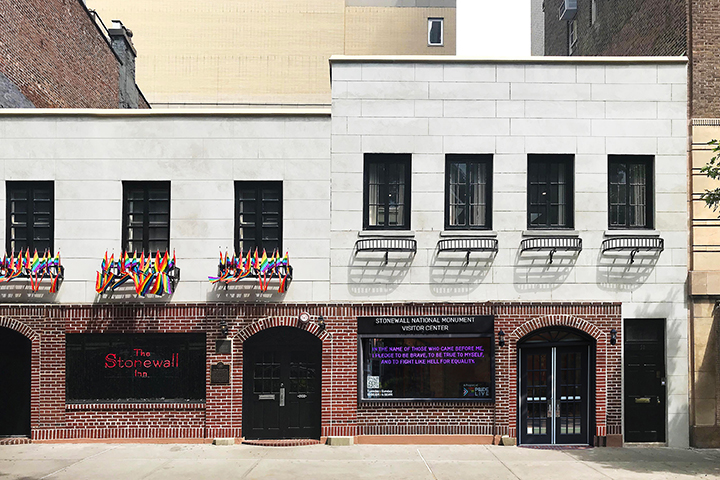Preservation is about more than bricks and mortar. The buildings we preserve tell New York’s history, honor its diversity, and recognize the people and events that have shaped our city’s identity and influenced the world.

That’s why it is disturbing, and factually wrong, that a new executive order caused the National Park Service to remove mention of transgender and queer people from the Stonewall National Monument webpage, and other NPS webpages associated with LGBTQ+ history. This is erasing and denying the full and complex story of our country.
The Stonewall uprising began on June 28, 1969 in response to what was then a routine police raid on gay bars. It proved to be a key turning point in the LGBT rights movement in this country and around the world.
President Obama named the site a national monument in 2016. It was already the first LGBT listing on the National Register of Historic Places in 1999. It became a National Historic Landmark in 2000, and both a New York State Historic Site and New York City Landmark in 2015. The site at 51 and 53 Christopher Street occupies two former mid-19th-century stables.
Ken Lustbader, a former director of the Conservancy’s Sacred Sites Program, was instrumental in gaining recognition, and local and national designation, for the site along with Architectural Historian Andrew Dolkart, a Lucy G. Moses Leadership Award honoree. They, along with former Landmarks Preservation Commission senior historian Jay Shockley, also formed the NYC LGBT Historic Sites Project in 2015, which now includes project manager Amanda Davis. A statement from the NYC LGBT Historic Sites Project as well as many factual resources telling Stonewall’s full history can be found here.
Preservation in New York must be inclusive of our incredibly diverse population and history. We will continue to work to honor the full story of our beloved City and its remarkable people.
